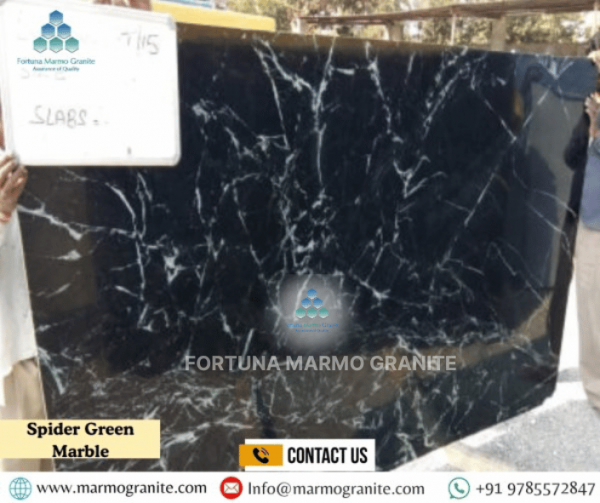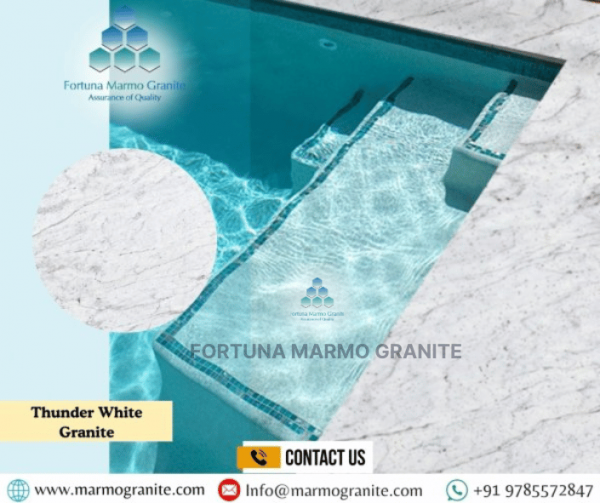Durability of Natural Stones in Extreme Weather Conditions
Natural stones have been an integral part of architecture and construction for centuries, thanks to their unmatched durability, aesthetic appeal, and ability to withstand extreme weather conditions. Whether used for exteriors, flooring, monuments, or landscaping, these stones can endure scorching heat, freezing cold, heavy rains, and storms. Therefore, understanding their resilience in various weather conditions is crucial for builders, architects, and homeowners when selecting the right stone for their projects.
Properties That Make Natural Stones Weather-Resistant
1.Hardness and Density
The Mohs hardness scale measures the scratch resistance of minerals. For example, stones like granite and quartzite rank high on this scale, making them ideal for high-traffic areas and outdoor applications. Additionally, denser stones have lower porosity, which reduces their vulnerability to water infiltration and damage caused by weather.
2.Porosity and Water Absorption
Porosity plays a crucial role in determining a stone's durability under wet and freezing conditions. For instance, highly porous stones such as limestone and sandstone absorb more water, which makes them susceptible to cracking during freeze-thaw cycles. In contrast, denser stones like granite and basalt have minimal water absorption, making them ideal for extreme climates.
3.Thermal Stability
Natural stones respond differently to temperature fluctuations. Some stones, like marble, expand and contract with temperature changes, leading to potential cracks over time. However, granite and slate have higher thermal resistance, enabling them to endure extreme heat and cold without significant structural damage.
4.Chemical Resistance
Acid rain, pollution, and chemicals can erode certain stones over time. Granite and quartzite resist acidic conditions better than limestone and marble, which are more prone to etching and degradation in acidic environments.
How Natural Stones Perform in Different Extreme Weather Conditions
1.Freezing Temperatures and Snow
Moreover, In regions where temperatures drop below freezing, the freeze-thaw cycle can cause significant damage to natural stones. Water seeps into the stone's pores and expands when frozen, leading to cracks and structural weakening.
Best Stones for Cold Climates:
- Granite: In addition, Low porosity and high density make it highly resistant to freeze-thaw cycles.
- Slate: In contrast, A naturally layered stone that withstands extreme cold without cracking.
- Quartzite: Exceptionally durable and resistant to frost damage.
Vulnerable Stones:
- Limestone and Sandstone: Consequently, Their high porosity makes them prone to frost damage unless properly sealed.
- Marble: Its veining structure can make it susceptible to cracking in freezing conditions.
2.Extreme Heat and Sun Exposure
Moreover, In hot climates, prolonged exposure to the sun can lead to fading, thermal expansion, and surface degradation in some stones.
Best Stones for Hot Climates:
- Granite: In contrast, Its heat-resistant properties make it ideal for outdoor applications.
- Sandstone: Reflects heat and stays cool under the sun, making it great for patios and walkways.
- Limestone: For instance, Remains comfortable to walk on even in extreme heat.
Vulnerable Stones:
- Marble: Can fade over time when exposed to direct sunlight.
- Slate: May absorb heat and become too hot to touch in extreme temperatures.
3. Heavy Rain and Humidity
Best Stones for Rainy Climates:
- Granite: Resists water penetration and staining.
- Basalt: A dense volcanic rock that withstands heavy rain without significant damage.
- Quartzite: Non-porous and highly resistant to water-related deterioration.
Vulnerable Stones:
- Sandstone: In addition, Highly porous and prone to water absorption unless sealed properly.
- Limestone: Yet, Can develop algae and moss growth in consistently wet environments.
4. Storms and High Winds
Best Stones for Storm-Prone Areas:
- Granite: Moreover, Its weight and toughness make it highly resistant to impact damage.
- Quartzite: Extremely hard and resistant to erosion and strong winds.
- Basalt: Its compact structure prevents chipping and breakage in high winds.
Vulnerable Stones:
- Limestone and Travertine: Softer and more prone to chipping under extreme storm conditions.
- Marble: Can be easily damaged by flying debris in stormy weather.
Conclusion
Natural stones exhibit exceptional durability in extreme weather conditions, making them a reliable choice for various applications, from outdoor landscaping to monumental structures. In contrast, Their resistance to temperature fluctuations, moisture, and UV exposure ensures long-lasting performance with minimal maintenance. In addition, Choosing high-quality natural stones not only enhances aesthetic appeal but also provides a sustainable and resilient solution for diverse climatic challenges.



